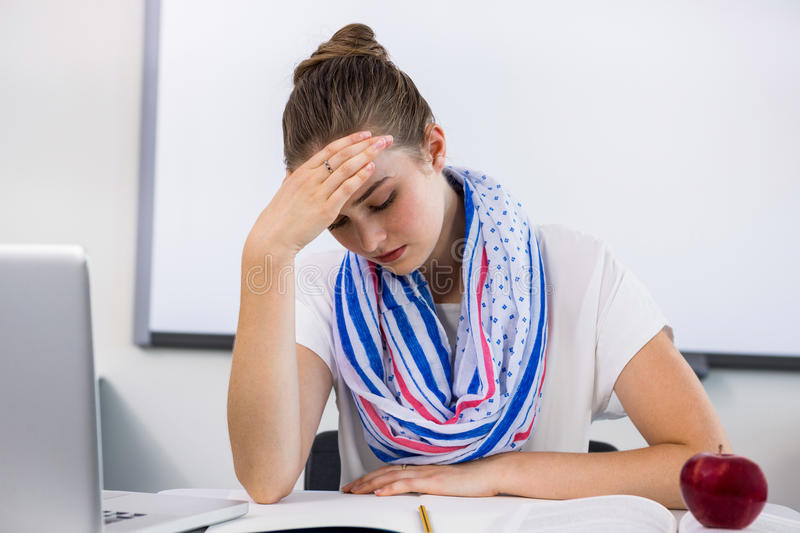
It’s no secret that the public school system is suffering on so many fronts. COVID has caused learning loss in academic subjects, and students’ social skills. Administrators are scrambling to pick up the pieces while the government is creating regulations and programs to catch these students that no school system could possibly execute. Many schools have been unable to fill teacher vacancies due to the nationwide shortage of certified teachers1. Teachers are retiring in record numbers and few new graduates choose to enter the teaching profession. Enter substitute teachers.
Many people assume that substitute teachers are qualified individuals who can fill the void left by educators. The typical qualification list looks like this: high school diploma, clean background check. That’s not much of a list. The pay for substitute teaching a full day in a classroom full of rowdy kids? A paltry $10-$12 per hour.
Substitute teachers are usually not certified teachers at all. They are being paid to ensure that students don’t physically hurt each other or destroy classrooms. The best case scenario is that a diligent teacher left an assignment for the students to do (which the students usually won’t). Worst case scenario, the students are given nothing to do and the substitute hopes their boredom does not lead them down the path of chaos and destruction (it usually does).
In cases where there was never a teacher at all, the outlook is much more grim. Usually, a long-term sub is filling the position. Long-term subs are there 10 days or more and are provided with assignments. Even with good subs, they’re rarely subject-matter experts. On my campus, we had a history teacher teaching aquatic science, a shop teacher teaching astronomy and a former 1st grade teacher teaching marketing.
The absentee rate among teachers at the high schools in our district was about 15%. At that rate, students are essentially missing out on a total of 28 days of learning throughout the year.
Having so many unqualified teachers puts strain on the teachers who remain. But they’re reaching their breaking point. Public education will face a reckoning, but it will get worse before it gets better.
source: 1. Education faces Great Resignation crisis, teachers quitting (fastcompany.com) Feb 02, 2022